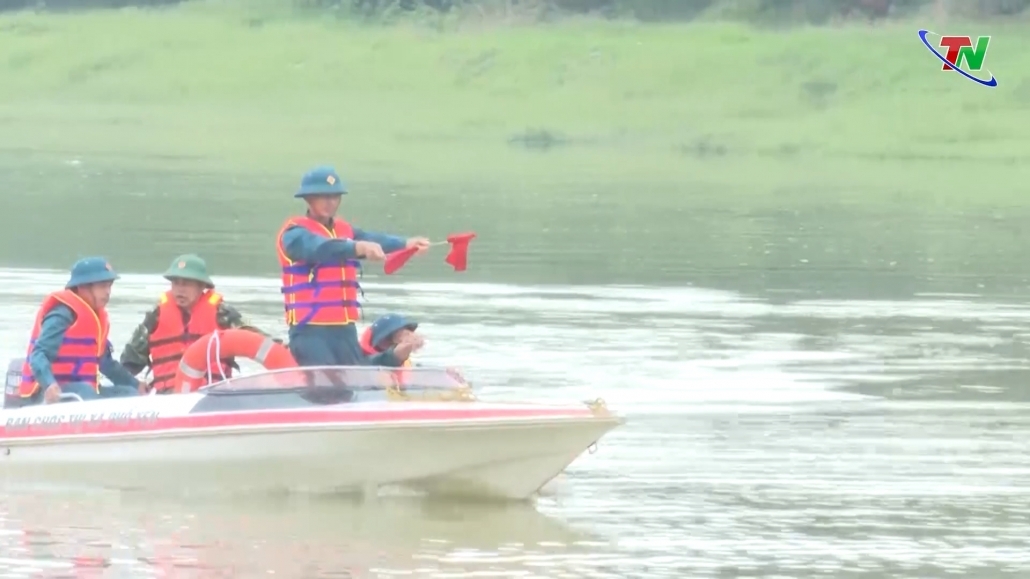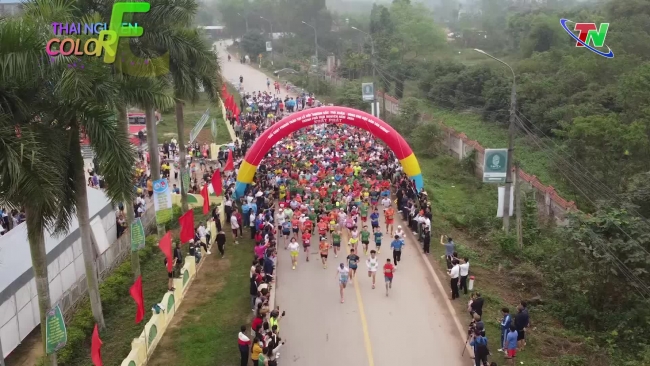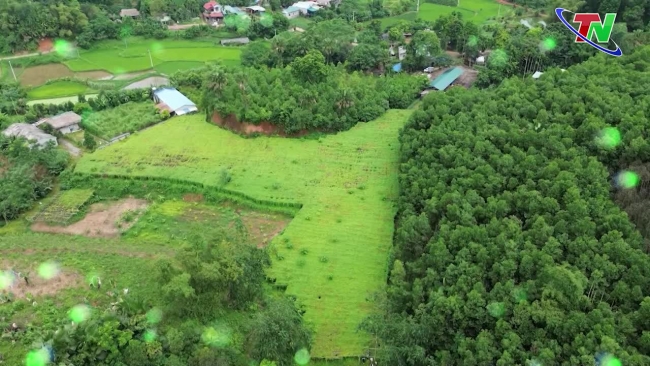Document to direct natural disaster prevention and control
1. Closely monitor the developments of heavy rains, floods, inundations, flash floods, landslides, provide timely and complete information to authorities at all levels and people to proactively prevent, respond to and reduce minimize damage.
2. Deploy forces to inspect and review residential areas along rivers, streams, and low-lying areas to proactively organize the relocation and evacuation of people in areas at high risk of deep flooding, flash floods, landslides.
3. Organize forces ready to control, guide traffic, and put warning signs, especially through underground areas, spillways, deeply flooded areas, and fast-flowing water; Proactively arrange forces, supplies and vehicles to overcome problems and ensure smooth traffic on main traffic routes when heavy rain occurs.
4. Implement measures to drain waterlogging, protect production, and prevent flooding in urban areas and industrial parks.
5. Inspect, review, implement operation plans and ensure safety of reservoirs and downstream areas, especially key irrigation lakes; Arrange permanent forces to operate and regulate and be ready to handle situations that may arise.
6. Organize serious forces on duty, regularly report the situation of natural disasters and damage (if any) to the Standing Office for synthesis and reporting according to regulations.
 |
Latest News


From January 2025, the maximum speed on highways is 120 km/h

Amending some regulations on subjects implementing educational cooperation

Urgently implement tuition fee collection by non-cash payment method

In 2025, people born in 2000, 1985, 1965 need to pay attention to re-issuing their ID cards according to regulations
Other news

7 positions in the education and training sector that must be periodically transferred

New regulations on health standards, health check-ups for drivers

Guidelines for determining the price of hospital bed services

Tourism in Quan Chu

Communication, dissemination of knowledge, and laws on environmental protection in classification of domestic solid waste
Most read

IMPLEMENT THE PROJECT "IMPROVING THE EFFECTIVENESS OF EXTERNAL INFORMATION WORK OF OVERSEAS VIETNAM REPRESENTATIVE AGENCIES ABROAD TO 2030" IN THE PROVINCE

CREATING JOBS FOR ETHNIC MINORITY YOUTHS

PROMOTING IMPLEMENTATION OF RESCUE ACTIVITIES OF NETWORK INFORMATION SECURITY INCIDENTS














